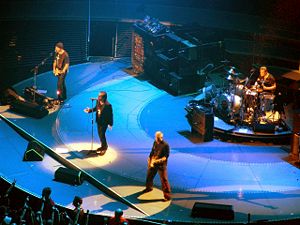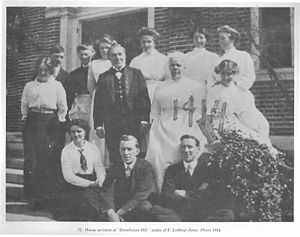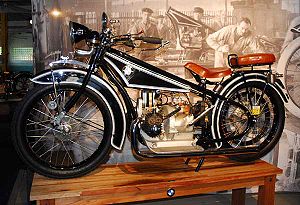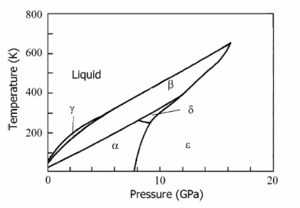Archive:Media Credit Lines within Articles
- Under discussion at http://forum.citizendium.org/index.php/topic,1263.0.html
Giving credit to real-named persons or entities in credit lines beneath images is an appropriate way to honor them as content providers and can serve as a very important incentive for high quality media contributions, usages without fees, and goodwill toward the project (see this photographer's views on the matter, for example). Accordingly, and to provide this, as well as to provide a standardized and consistent look to all CZ articles and to facilitate ease of enforcement of this and other media policies concurrently, all images and other media appearing in Citizendium articles should be credited to the image provider within the image caption within the article, with two occasional exceptions. How to credit media providers within articles, and the exceptions when you should not, are described below.
Bear in mind that media by pseudonymous persons should be avoided, barring unusual and rare circumstances.
Is it an image or a photo?
- Use "image" for non-photographic images
- Use "photo" for photographs
- Use "image" for public domain photos credited only to the provider
How to add a credit line
To add credit lines:
1. Click on the ![]() (it stands for "metadata") on the image information template
(it stands for "metadata") on the image information template
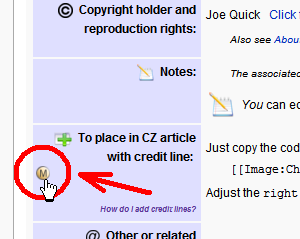
2. Add by copying and pasting in the code and credited party as in the below. Follow the pattern in the examples. See how it appears in situ to the right.
Creative Commons family of licenses
- {{}}
- Add:
{{CC-image|Jane Doe}} - Returns: Template:CC-image
- Add:
- {{}}
- Add:
{{CC-photo|organization.org}} - Returns: Template:CC-photo
- Add:
Public Domain
- {{}}
- Add:
{{PD-photo|John Doe / Acme Museum}} - Returns: Template:PD-photo
- Add:
- {{}}
- Add:
{{PD-image|Acme Museum}} - Returns: Template:PD-image
- Add:
Attribution
- {{}}
- Add:
{{Attribution-image|John Doe}} - Returns: Template:Attribution-image
- Add:
- {{}}
- Add:
{{Attribution-photo|Jane Doe}} - Returns: Template:Attribution-photo
- Add:
GNU family of licenses
- {{}}
- Add:
{{GNU-image|science.org}} - Returns: Template:GNU-image
- Add:
- {{}}
- Add:
{{GNU-photo|Jane Doe}} - Returns: Template:GNU-photo
- Add:
Non-free copyrighted materials (everything except the above goes into this category)
- {{}}
- Add:
{{C-photo|John Doe}} - Returns: Template:C-photo
- Add:
- {{}}
- Add:
{{C-image|Jane Doe}} - Returns: Template:C-image
- Add:
Less commonly used credit lines
Creative Commons, removal of attribution requested
The Creative Commons family of licenses gives the author the right to request removal of credit. Such requests are rare but can be be made to the constabulary (in the future to media-assets@citizendium.org) who will honor and keep a record of such requests.
- {{}} OR {{}} (both are identitcal)
- Add:
{{CC-anon-photo}} - Returns: Template:CC-anon-photo
- Add:
- {{}} OR {{}} (both are identitcal)
- Add:
{{CC-anon-image}} - Returns: Template:CC-anon-image
- Add:
Special public domain situations
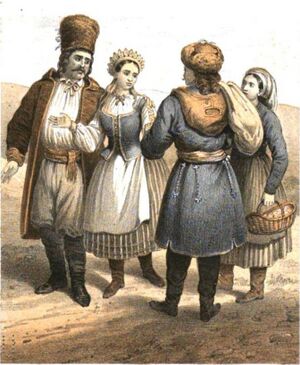
- {{}} - use when not attributing a public domain photo
- Add:
{{PD-anon-photo}} - Returns: Template:PD-anon-photo
- Add:
- {{}} - use when not attributing a public domain image
- Add:
{{PD-anon-image}} - Returns: Template:PD-anon-image
- Add:
- {{}} - use if the provider normally charges a fee but waives it
- Add:
{{PD-courtesy-photo|Acme Museum}} - Returns: Template:PD-courtesy-photo
- Add:
- {{}} - use if the provider normally charges a fee but waives it
- Add:
{{PD-courtesy-image|Acme Library}} - Returns: Template:PD-courtesy-image
- Add:
Special situations with copyrighted materials
- {{}} - use if the copyright holder normally charges a fee but waives it
- Add:
{{C-courtesy-photo|Associated Press}} - Returns: Template:C-courtesy-photo
- Add:
- {{}} - use if the copyright holder normally charges a fee but waives it
- Add:
{{C-courtesy-image|photostock.com}}} - Returns: Template:C-courtesy-image
- Add:
Orphan works—when you can't locate the copyright holder to ask

- {{}} - Rarely used. Provenance uncertain, though we've tried; used under fair use
- Add:
{{?-photo|Acme Archives}} - Returns: Template:Fuzzy-photo
- Add:
- {{}} - Rarely used. Provenance uncertain, though we've tried; used under fair use
- Add:
{{?-image|Zenith Archives}} - Returns: Template:?-image
- Add:
Guidance on crediting public domain media
How to credit providers of Public Domain media within image boxes depends upon the specific instance of it; all should be credited, although not always to a named person or entity.
When obtained from museums and other collections holders
Images obtained from museums or other collections-holders should usually be credited to both the original author (unless unknown) and to the museum or other provider of the work, always to at least the provider. Crediting original authors provides readers with very useful information, and crediting providers is frequently a terms of use requirement—or a fully proper courtesy, irregardless—plus it provides various incentives to providers that are very beneficial to Citizendium.[2]
When recent yet "released to the public domain"
Authors of recent images "released to the public domain" should be assumed to not want credit within articles, as that may be a principle reason why they released their work that way. Credit such images as simply {{}}. Such media must still be credited to the author on the image description page, however.
When obtained from sources that might lower the prestigiousness of CZ
Instances of public domain media may sometimes have been acquired from a source that would lower the prestigiousness of CZ if credited within an image box within an article. To avoid this perception, these too may be credited simply {{}} within the article's image box. The source from which the image was acquired must irregardless be documented on the image description page and should perhaps be cited in a footnote, as in the example above.
Guidance on galleries
Mixed galleries
Galleries with images from mixed sources and/or authors should be credited just the same as images within articles.
Alternative
Mixed galleries may be broken into sections and handled as with single author galleries.
Single author galleries
Galleries of artwork about a named photographer or artist should be credited to only the provider of the images, unless all images are from the same source. In that instance, simply notate the provider atop the page or section. The title of the gallery provides the attribution to the artist. In cases where the artist and provider are the same, no credit lines are required.
Crediting media uploaded by CZ contributors
Citizendium contributors who upload their own photos should be credited within the image caption just the same, unless they specifically opt out of this under terms of the license of their media.
It is not considered self-promotion to credit your own images within articles. Still, keep CZ:Policy on Self-Promotion in mind when using your own photos. Photos should be chosen based upon quality and licensing alone, not upon the name of the photographer.
Alternate design plan?
Also see idea for Alternate design layout for credit lines.

